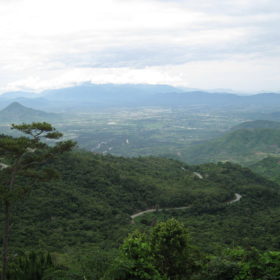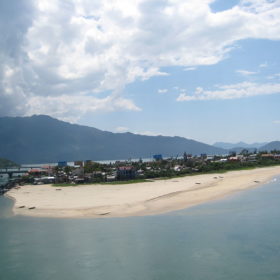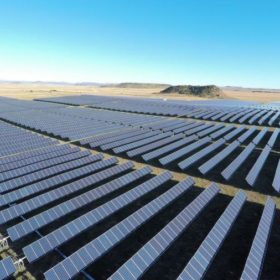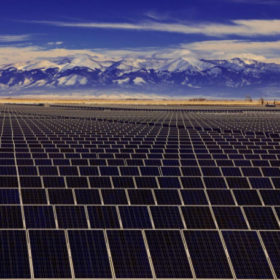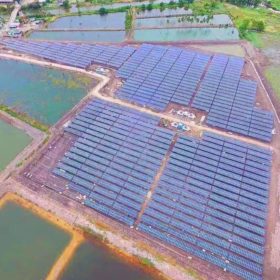Construction begins on 168 MW project in Vietnam
Singapore based developer Sunseap International has announced the start of construction on 168 MW project located in Ninh Thuan Province in the south of Vietnam. According to Sunseap, the project will be the largest built to date in the Association of Southeast Asian Nations (ASEAN) region.
Residential PV demand spikes as Vietnam eyes new installation targets
Residential solar installations have almost trebled in Ho Chi Minh City in the past nine months, in line with the Vietnamese government’s recently announced aim for solar arrays to be installed on 26% of the country’s homes by 2030.
Scatec wants to double size of project pipeline
Chief executive of Norwegian developer tells markets his company will deliver on 1.5 GW promise by the end of the year – by including any projects it has broken ground on.
The unstoppable tide of solar illustrated by the rise of floating projects
Price deflation and technological innovation are helping solar transform the global electricity sector. A new report by IEEFA highlights the latest solar milestones around the world and charts important trends including the rise of floating solar and the corporate PPAs helping the tech giants ‘green’ their energy-hungry data centres.
Sterling and Wilson to develop 300 MW of solar in Vietnam
The Indian-headquartered EPC has set a June 2019 deadline for its plans to install 300 MW of new solar PV capacity in Vietnam, a market that is poised to boom over the next few years.
Japan’s JGC to construct 49 MW PV project in Vietnam
Japanese engineering company, JGC has been awarded a contract for the construction of a 49 MW (AC) power plant in Southern Vietnam. The contract has been signed with Gia Lai Electricity Joint Stock Company, a subsidiary of the TTC Group.
Vietnam files complaint with WTO over US solar tariffs
The Vietnamese authorities have submitted a complaint to the World Trade Organization (WTO) to request formal consultations with Washington over its recently announced 30% tariff on crystalline silicon PV imports.
Roth: US steel, aluminum tariffs to add at least 1-3c per watt to solar projects
While President Trump has a range of options, all likely scenarios seem likely to result in a modest increase in the cost of solar installations.
Sharp to construct 48 MW PV project in Vietnam
Japanese electronics giant Sharp has signed an agreement for the construction of a 48 MW (DC) PV plant, to be located in Thua Thien Hue province in Northern Vietnam.
Renewables to drive economic growth in SE Asia — IRENA
The 10 members of the Association of Southeast Asian Nations (ASEAN) are on track to make solar and other renewables account for 23% of the region’s total primary energy supply (TPES) by 2025, but governments will need to create better policy and investment frameworks to make it happen, according to the International Renewable Energy Agency (IRENA).
